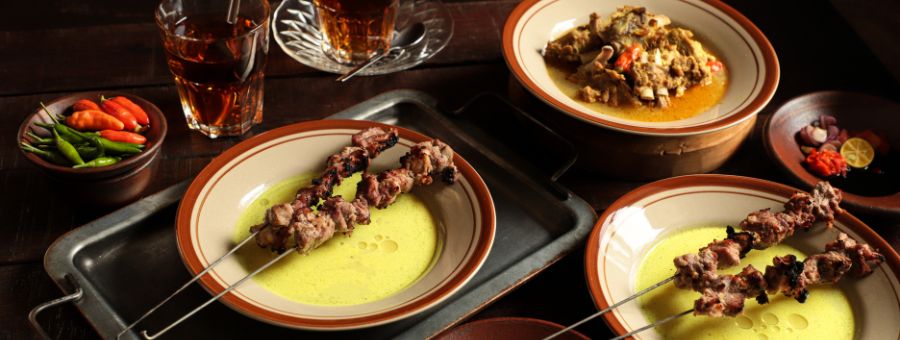Tips for Cooking Goat Meat Without Fearing Cholesterol Increases

Goat cuisine is a typical dish during Eid al-Adha. At this moment, goat meat becomes one of the prima donnas to be served and eaten with family. In addition to its delicious taste, goat meat can be processed into various dishes such as satay, tongseng, curry, and many more. Unfortunately, many people choose to avoid eating mutton for health reasons. In addition to hypertension, goat meat is often cited as triggering high cholesterol because it contains a lot of saturated fat.
As reported by Livestrong, a website that discusses health and exercise, goat meat is lower in calories and fat compared to beef and even chicken. Despite this fact, the cut and the way it is served will determine the amount of saturated fat in mutton. You don't have to worry; here are some tips for cooking goat without fear of a cholesterol increase:
1. Combine Goat Meat with Vegetables
According to an article reviewed by Dr. Rizal Fadli, general practitioner at one of the hospitals in the Setiabudi area, South Jakarta, vegetables combined with red meat can help reduce harmful compounds during the digestive process. The fiber content in vegetables can facilitate the digestive process and reduce cholesterol absorption. You can include vegetables such as spinach, cabbage, and other green vegetables that are high in fiber.
2. Use Spices that Can Reduce Cholesterol Levels
According to the health.grid.id article, the content in the stems and oil extracts in lemongrass stems have been proven to reduce high cholesterol levels. In addition to lemongrass stems, garlic is also a good spice for helping to reduce cholesterol levels in mutton.
3. Avoid Using Coconut Milk
Coconut milk is indeed very suitable when combined with processed mutton. However, according to the Giziklopedia of the Faculty of Medicine, Diponegoro University, coconut milk is a vegetable saturated fat. The largest component in coconut milk besides water is fat. About 98% of the fat in coconut milk is saturated fat. Therefore, the risk of increasing cholesterol levels from combining coconut milk and goat is relatively large. Instead of coconut milk, you can process goat meat into soups or stews.
4. Better Baked than Fried
Just like coconut milk, cooking oil contains a lot of fat. When goat meat is cooked by frying, it will increase the fat content excessively. Instead of frying the goat, try roasting it. When grilled, the oil contained in the processed food is reduced.
5. Consume Pineapple Fruit
Pineapple has many vitamins, minerals, and nutrients. The bromelain content in pineapple makes it excellent for aiding protein digestion as well as preventing excess fat and protein in the blood. According to hellosehat.com, bromelain is a group of protease enzymes that have the function of digesting proteins. The Whole Foods Encyclopedia reports that bromelain, found in pineapple, can also reduce excessive blood clotting due to clogged arteries and slow blood circulation due to high cholesterol. Consume pineapple after you eat mutton. You can eat it unprocessed or make it into pineapple juice.
Although the fat content in mutton cannot be reduced by 100%, the tips above can help you reduce and prevent bad saturated fat in mutton that has the potential to increase cholesterol. Hopefully, the tips above will give you an insight into eating mutton while keeping cholesterol levels in check, so that the moment of enjoying goat meat dishes with family during Eid al-Adha is not missed.



